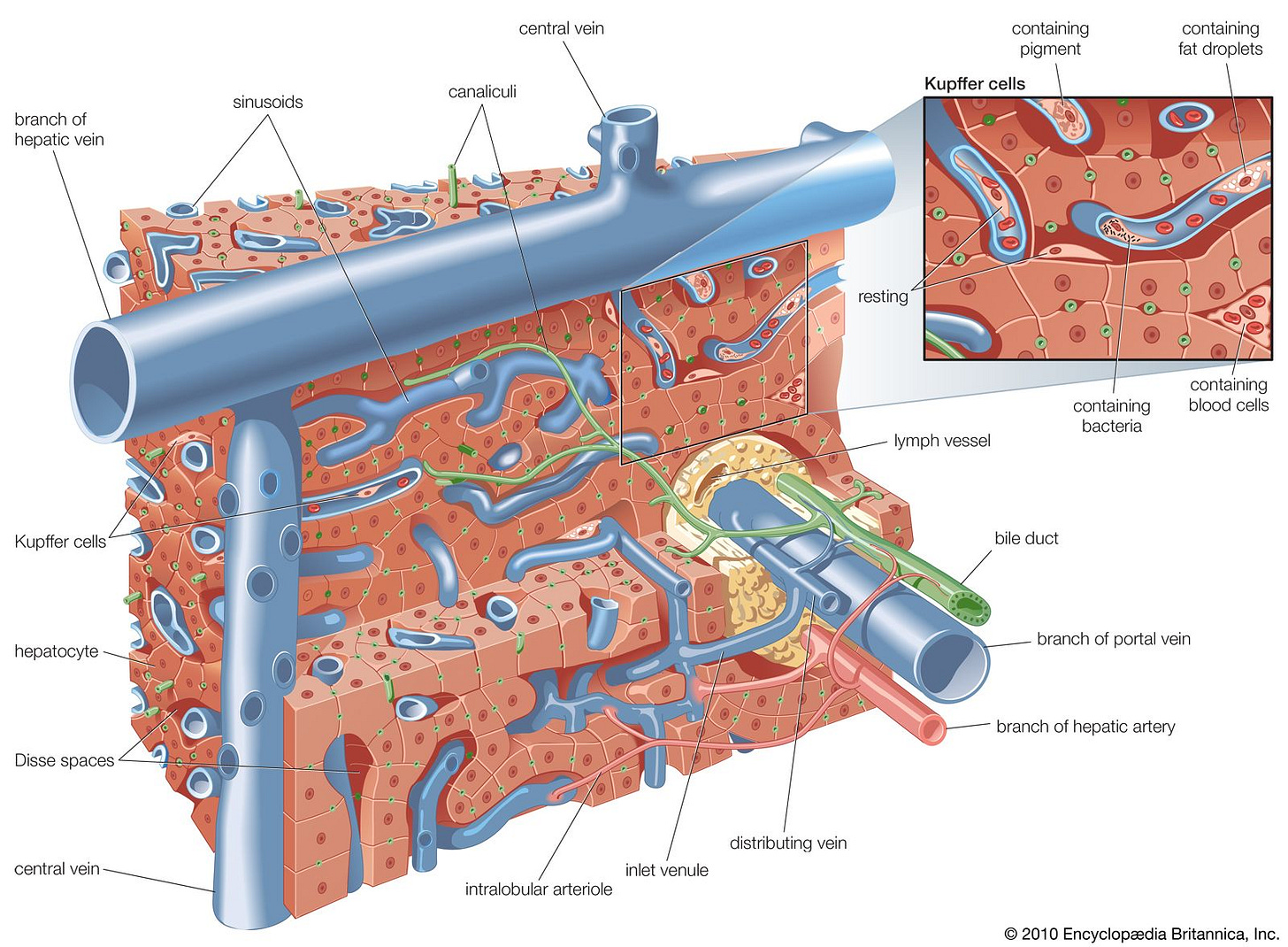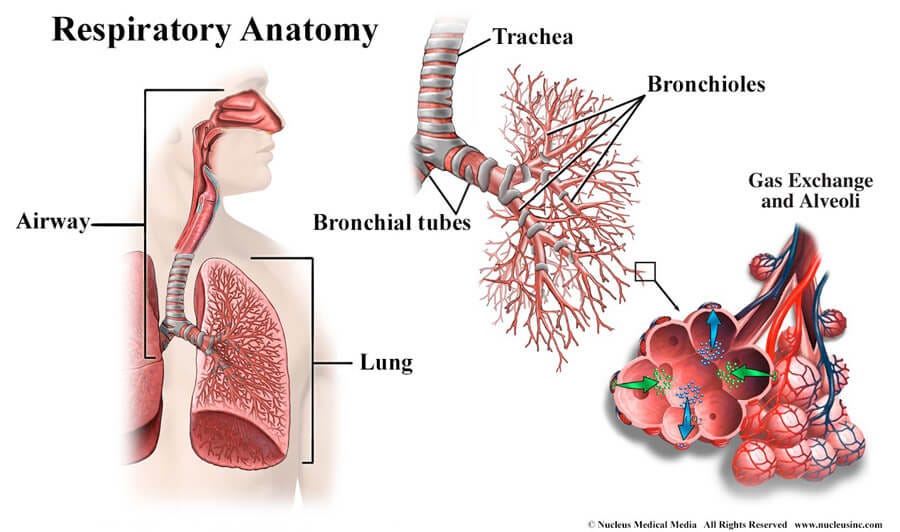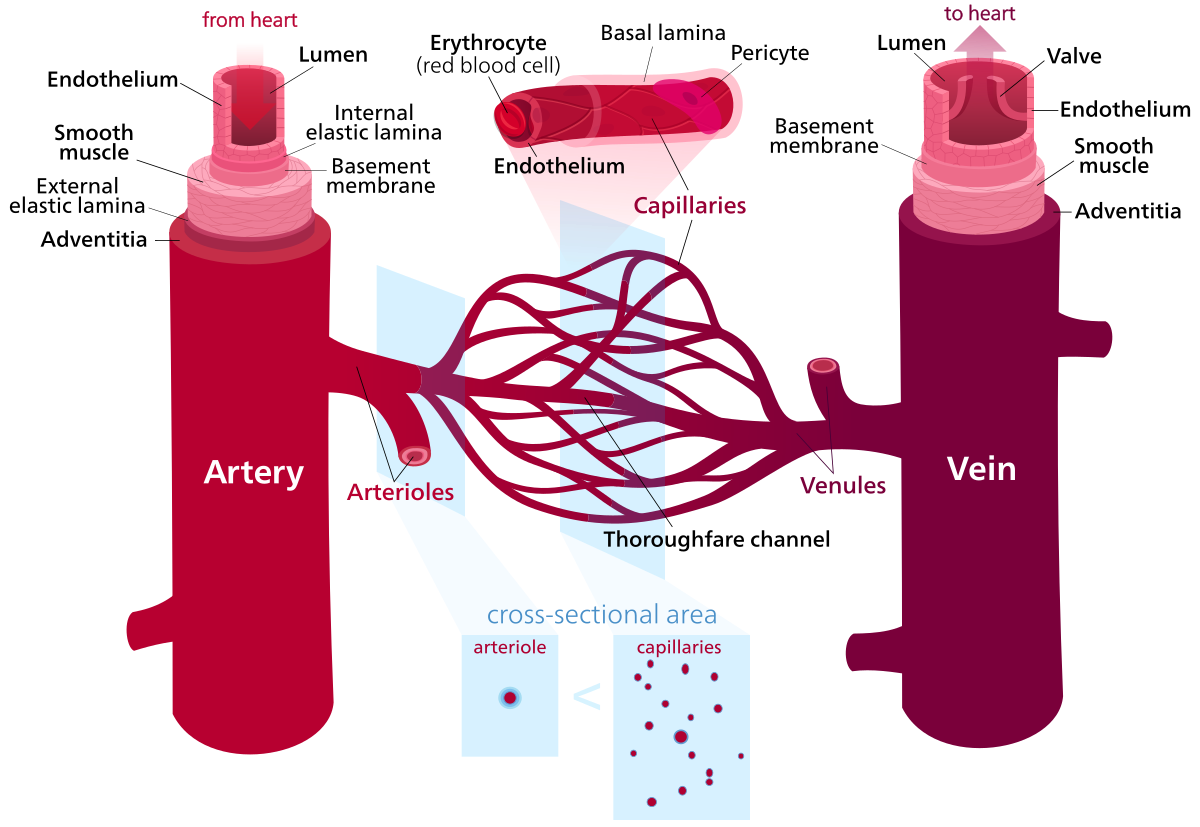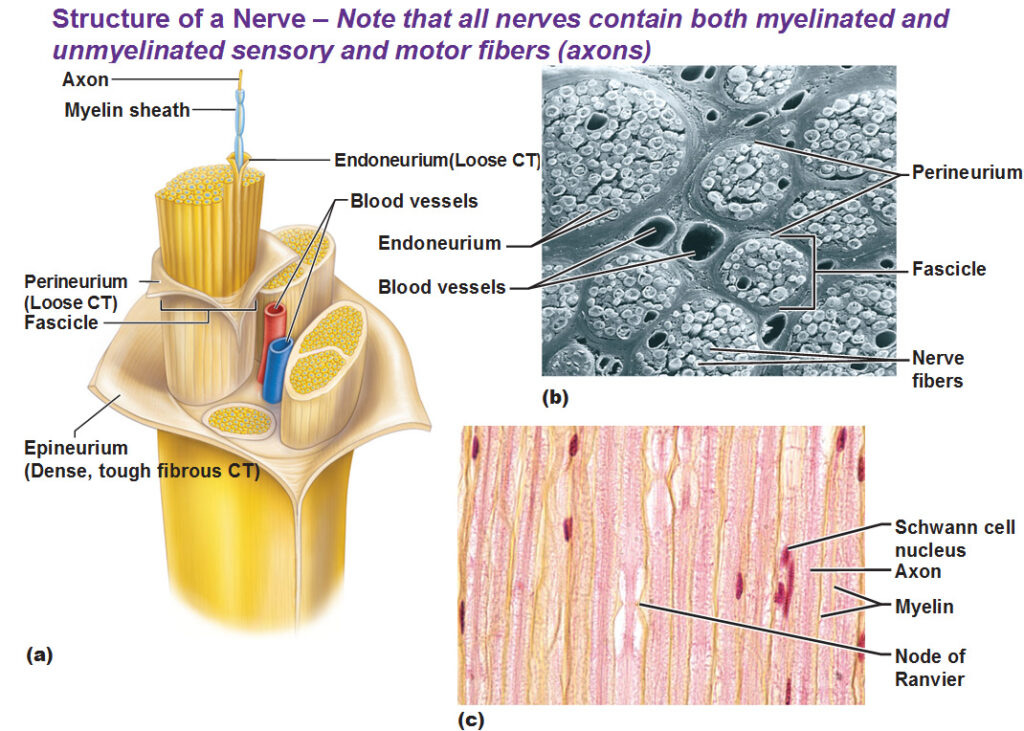Hygiene as Medicine: Simple Practices that Protect and Restore health.
Hygiene is often reduced to things like brushing your teeth and washing your hands, but it is much more than that. And, far more important than you think.

In modern discourse, the discussion surrounding personal hygiene is often reduced to a few common practices:
Brushing teeth
Washing Hands
Showering/Bathing
We do these things to avoid cavities, foul smell, and consuming toxins or pathogens.
This, in my opinion, is a very narrow view of hygiene and its role in maintaining health and vitality.
To appreciate the vital role of hygiene in maintenance and restoration of health, we first need to explore some concepts integral to optimal body function. We will discuss:
Anatomy, both macroscopic and microscopic
Humoral theory
The connections between our body and the environment
Hygiene practices which have survived for millenia
Role of Exercise in Hygiene
While we explore the concepts below, I want you to keep in mind one of the most circulated and effective health practices that even the covid hysterics could not deny or suppress.
Nasal irrigation.
Used for everything from preventing ‘infection’ to reducing the symptoms in those already infected.
Zero risk. All gain.
In my opinion, this modern application of an ancient hygiene practice effectively encapsulates the point I want to convey in this article.
Let’s dive in.
Anatomy: A Complex Network of Channels and Tubes
In the standard medical model, the human body is segregated into organs, bones, muscles, fat, glands, connective tissue...and so on. The only element of this framework that pervades the whole body is the last one, connective tissue, as the name suggests.
There is a distinct and modular view of the body in this school of thought. So much so, that this school deems it appropriate that a physician can only specialize in one organ or body part. This trend toward organ specialization has been growing in recent decades.
But, consider another view of the body. One that captures the functions more completely.
As a brief note, let’s preface this with the following. Broadly speaking, a living creature has a drive to life - that is why they live. They have a vital force, which drives the basic functions of their organs. These principle organs are often considered to be the heart (which generates and disseminates the vital force), the brain (the sensory and action-related organ), the gonads (the generative organs used to keep the species going), and the liver (which harvests what we eat to replenish and grow the body).
The principle organs, accessory organs, the blood vessels, skeletal system…even the microscopic anatomy of cellular connections and the life inside of the cell, depends on an complex interconnected network of channels and tubes. Pores and ducts.
However you want to term or describe it, we will simply use the word channel to refer to all the types of luminal connections between large body parts, and tiny cellular components.
The important thing to realize is that these channels make up the network of life at every scale.
Take a look for yourself:

All of these organs and tissues ultimately interface with the circulatory system which is used to transport all of the substance of life, whether nutritive or excretory.
Keep reading with a 7-day free trial
Subscribe to Foundational Health to keep reading this post and get 7 days of free access to the full post archives.





